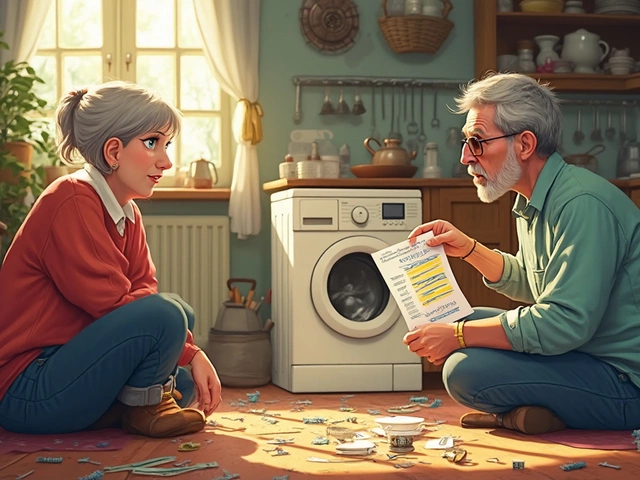Electric Hob Repair and Maintenance Guide for Rugby Residents
If your electric hob has stopped heating, shows odd lights, or has a cracked surface, you’re not alone. Most families hit a snag with their cooktop at some point, and fixing it can feel overwhelming. The good news is that many issues are simple to diagnose, and you often don’t need to replace the whole unit. Below you’ll find practical tips, safety reminders, and cost pointers to get your hob back in shape.
Common Electric Hob Problems
Typical hiccups include burners that won’t heat, uneven heating, flickering indicator lights, and cracked glass tops. A burnt‑out heating element is the most common cause of a dead burner. If the glass looks cracked or shattered, it’s usually a safety hazard and should be replaced right away. Another frequent complaint is the control panel becoming unresponsive, which can be caused by moisture or a loose connection.
DIY vs Professional Repair
Before you call a technician, try these quick checks. First, turn off the power at the fuse box and unplug the hob if possible. Look for any visible damage on the glass surface and clean away food residue that might be blocking the sensors. For a non‑heating burner, swap the element with a working one if you have a spare; this tells you whether the element or the control board is at fault. If the indicator lights are blinking, consult the user manual – many manufacturers use a blink code to point out specific faults.
When you’ve ruled out the easy fixes, weigh the cost of parts against a new hob. A replacement heating element usually runs between £30‑£80 plus labour. A cracked glass top can cost £120‑£200, again depending on the model. If the control board needs replacement, the price can jump to £150‑£250. Generally, if repair costs exceed half the price of a new hob, replacement is the smarter move.
Safety should never be compromised. Always disconnect the appliance from the mains before opening any panels. Wear insulated gloves and avoid touching live wires. If you smell burnt plastic, see smoke, or notice water inside the unit, stop immediately and call a professional. Electrical faults can cause fires or electrocution, so when in doubt, call the experts.
For those comfortable with a screwdriver, some DIY fixes are worth trying. Tightening loose connections on the wiring harness can restore power to a dead burner. Cleaning the ceramic or glass surface with a non‑abrasive cleaner prevents hot spots that damage the hob over time. Re‑calibrating the touch controls (if your model allows) can solve unresponsive panels – most manuals list a ‘reset’ button sequence.
If the problem persists after your checks, it’s time to bring in a qualified repair technician. A professional can test the voltage on each element, replace the control board safely, and ensure the unit meets UK electrical standards. At Rugby Appliance Repair Services, our technicians are trained on all major hob brands and can often fix the issue on the first visit.
To keep your hob running smoothly, schedule a light maintenance check once a year. Wipe the surface after each use, avoid dragging heavy pots across the glass, and keep the area under the hob clear of dust. Regularly inspecting the wiring for wear and checking the power cord for damage helps catch problems early, saving you time and money.
Bottom line: many electric hob issues are fixable with a bit of troubleshooting, but knowing when to call a pro protects your home and your wallet. Use the tips above to decide the best path, and enjoy a reliable cooking surface for years to come.






